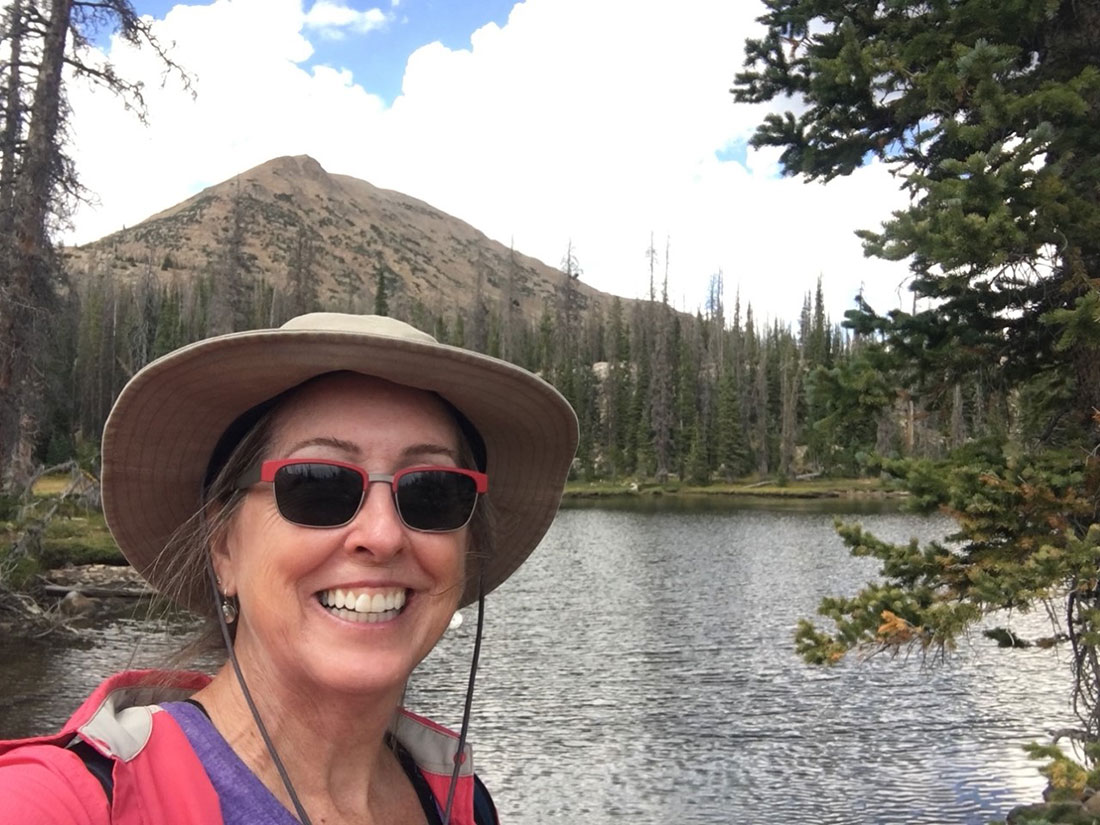VICKI. Lenise. Angela. Leslie. Mary Wagner was in good company when she started working as the associate chief for the United States Forest Service in 2011. She was surrounded by women leaders, which was somewhat surprising in a field that had always been dominated by men.
She felt an instant bond with these women, due in large part to the common personality traits they shared, like listening with empathy and not being competitive.

Photo Credit: Courtesy of Mary Wagner
“They were my sounding board, my rock, my confidantes,” says Wagner. “And it was good to have a network of people who see the world like I do and challenge me when they see it differently…Being associate chief could be lonely at times. But they gave me courage.”
With that type of support, combined with her forestry smarts and experience, Wagner was able to accomplish a lot during her five-year stint as associate chief, the Forest Service’s number two position. For example, she helped write the Forest Service’s five-year strategic plan, a document known for clearly explaining the role of the agency in sustaining forests nationally. She traveled to places like China and Brazil to advance partnerships related to saving forests worldwide. She introduced safety as a core value at the agency and helped create a more diverse workforce.
Wagner retired from the Forest Service in 2016, after 34 years of service. But she hopes that the agency’s trend of being more inclusive — in part by letting women and people of color rise in the ranks and be heard — will continue. They bring new perspectives to the agency and the forestry sector, she says.
“Peoples’ backgrounds and wiring impact how the agency approaches things.”
And she hopes these women will be as lucky as she was in being supported almost from the moment she started her decades-long career in forestry. It began in a small office in a small Idaho town, where most of her co-workers were men. But they welcomed her, as well as the opinions she voiced at meetings. They added her to the leadership team when she worked in the Sawtooth National Forest. One of them even organized a women in leadership conference for foresters. In the 1980s, that was an anomaly.
“It was a formative experience,” says Wagner, who had “director” and “deputy” in her title several times, before becoming associate chief. “I did not realize the importance of it until years later. Those men gave me opportunities most women in forestry did not have at the time.”
Wagner is still active in forestry, even though she is no longer a government employee. In September, she was elected as the chairperson of the American Forests Board of Directors. She has served on the board since 2017.She says she is excited about the opportunity to work with another cadre of strong women leaders, like fellow board member Ara Erickson of Weyerhaeuser and American Forests Senior Director of Urban Forestry Maisie Hughes.
“They will confront issues like sustainability and equity,” she says. “They will move the ball down the field. That’s what we need now in forestry.”
“It was good to have a network of people who see the world like I do and challenge me when they see it differently.”
— Mary Wagner, Retired Associate Chief, U.S. Forest Service